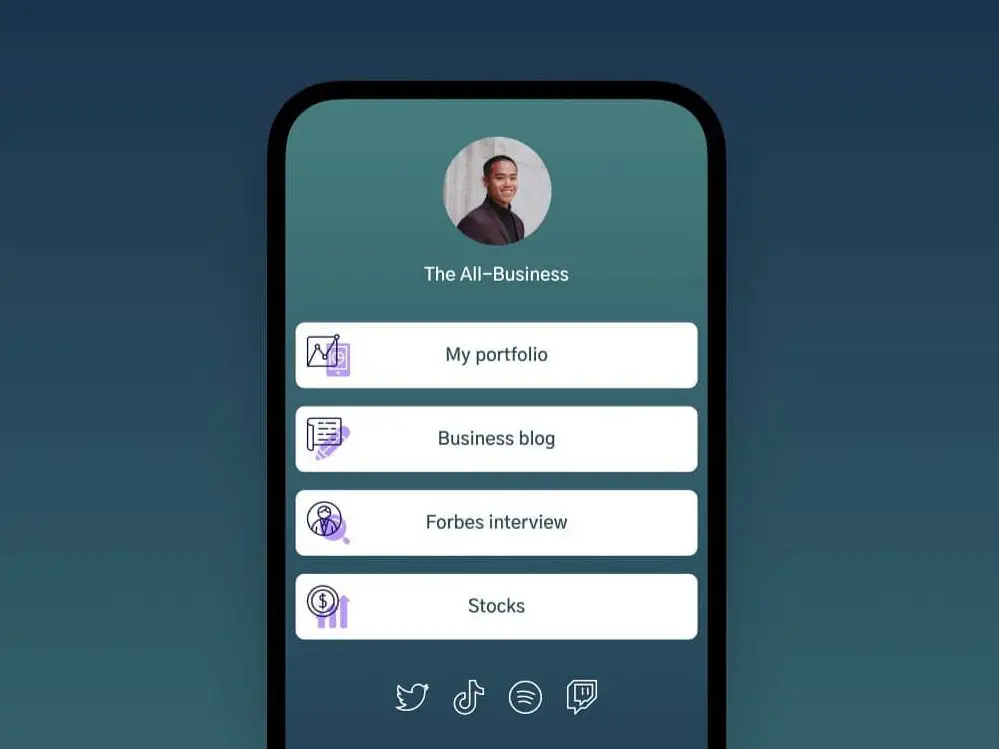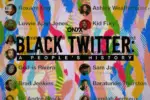The phrase is instantly recognizable as one of the few universal signifiers of the online experience: link in bio. Like most universal signs, it can be interpreted in plenty of ways. A call to “check the link in the bio” can lead audiences to a Spotify song, a Change.org petition, an online shopping site or a personal website. Now, the phrase is almost synonymous with one company: Linktree.
What Is Linktree?
Linktree, an Australia-based link-in-bio tool, was founded in 2016 when the creators — Alex Zaccaria, Anthony Zaccaria and Nick Humphreys — solved a problem they assumed was entirely their own. Instagram doesn’t allow users to post external links on the app except for a single link on their profiles, and the trio of band and festival managers was “getting sick of having to change the link in the Instagram bio every time [they] posted.” As CEO Alex Zaccaria wrote in 2018, this process was not only impractical but also resulted in the loss of content and click-throughs. Their solution was to create what would become Linktree, a simple launchpad to point followers in the direction of their client’s projects.
Linktree grew in popularity without any marketing on the part of its creators, since its easy access quickly made it a self-referring tool. The link aggregator site, which uses a freemium business model, contains a lower barrier of entry than other web-making sites such as Squarespace and Wix. Users work with the same basic template, thus allowing for straightforward designs that can be put together without the aid of designers or web developers. These qualities helped Linktree grow exponentially: By 2018, they had approximately 5 million users and averaged 32,000 signups per day. By this year, they’ve grown to have approximately 12 million users.
The Microsite Boom
Linktree and Carrd, a similar website-building platform, have enjoyed a dramatic rise in popularity in the past year. Both sites are optimized to create simple, one-page websites, though Carrd gives its users a wider range of customization options. Both were also widely adopted by social-justice-oriented Gen Z teenagers during last year’s Black Lives Matter protests as tools to spread awareness and share resources.
In the process, the platforms became what MIT Technology Review called “the bedrock of a new form of protest internet for the 2020s.” Amelia Gibson, the quoted assistant professor in the School of Information and Library Science at the University of North Carolina, Chapel Hill, said that “the evolution of these sites illustrates a fundamental change in how Gen Z consumes news and uses social media.” Unlike traditional news formats, social-media news outlets are driven to young people by their existing networks. In this environment, a link in the profile of a friend or classmate can become a meaningful call to action.
Microsite-building sites were also pushed into the spotlight by the COVID-19 pandemic. When businesses were forced to close, social media remained the quickest and easiest way to reach broad audiences.
Similarly, the pandemic left millions of people jobless and in need of side incomes to sustain themselves. In this situation, link-in-bio tools became one of the most practical ways to turn Instagram followers into customers or paying subscribers. Link aggregators allow creators to both monetize their social media profiles and create a cohesive and coherent online ecosystem. For example, a creator’s Linktree might link to their Twitter, TikTok and Instagram; their Linktree could also connect to micro-patronage sites such as Ko-fi and Patreon, where they can turn a small profit from their internet presence.
By enabling such a process, Linktree serves as an active agent in the online attention economy. While identity remains a critical feature of the internet, Linktree allows its users to establish a fixed, coherent identity tied to a series of social media handles and monetization options. The existing function reflects the needs and changes of the online ecosystem at large. As Jennifer Schaffer-Goddard wrote for the online publication Study Hall, “virtually every social platform is now designed to encourage users to be creators, and creators to become vendors: having reached near-saturation of ad revenue, these platforms now require more than mere engagement and attention, they require production.”
Ultimately, the rise of Linktree signals shifting requirements of digital personhood. While the presence of a link-in-bio tool indicated a user’s desire to streamline their content and grow their online presence — eschewing old-internet faux authenticity for open honesty about one’s desires for personal profit — it also plays a small role in the wider process of the commodification of users’ digital identities.
What Will Linktree Look Like in the Future?
On Oct. 27, 2020, Linktree announced that it had received $10.7 million in series A financing. On March 26, it announced the closing of a $45 million series B financing round. Despite the nearing end of the pandemic, more and more aspects of what was once considered “the real world” are moving online. Therefore, the need for creators and businesses to make themselves and their content easily discoverable to audiences will continue to increase — as well as Linktree’s popularity.
However, as Moe Miller, the founder of bio.fm, has said: “If Instagram didn’t limit [you to] only one link in your bio then probably none of [these tools] would exist.” As successful as companies might be, they are constrained by their dependency on bigger tech platforms. If Twitter and Instagram decide to embed a modified version of Linktree on their sites, the company could easily become superfluous and disappear. But even if this happens, the impact left by the company will be lasting: It has tapped into a new way of understanding identity during the next generation of social media.
















